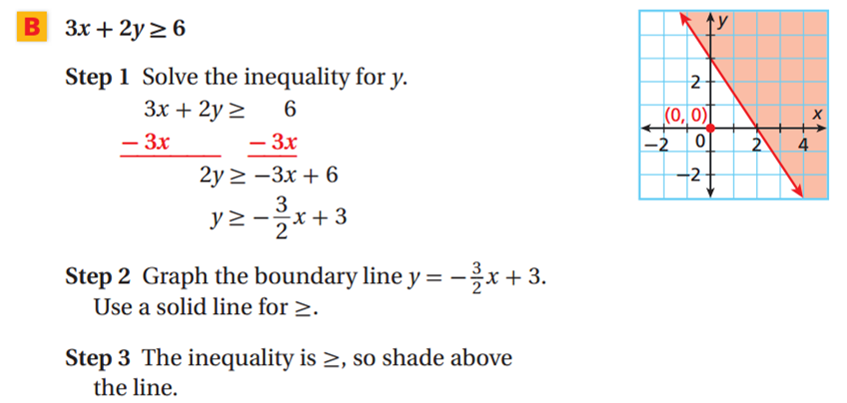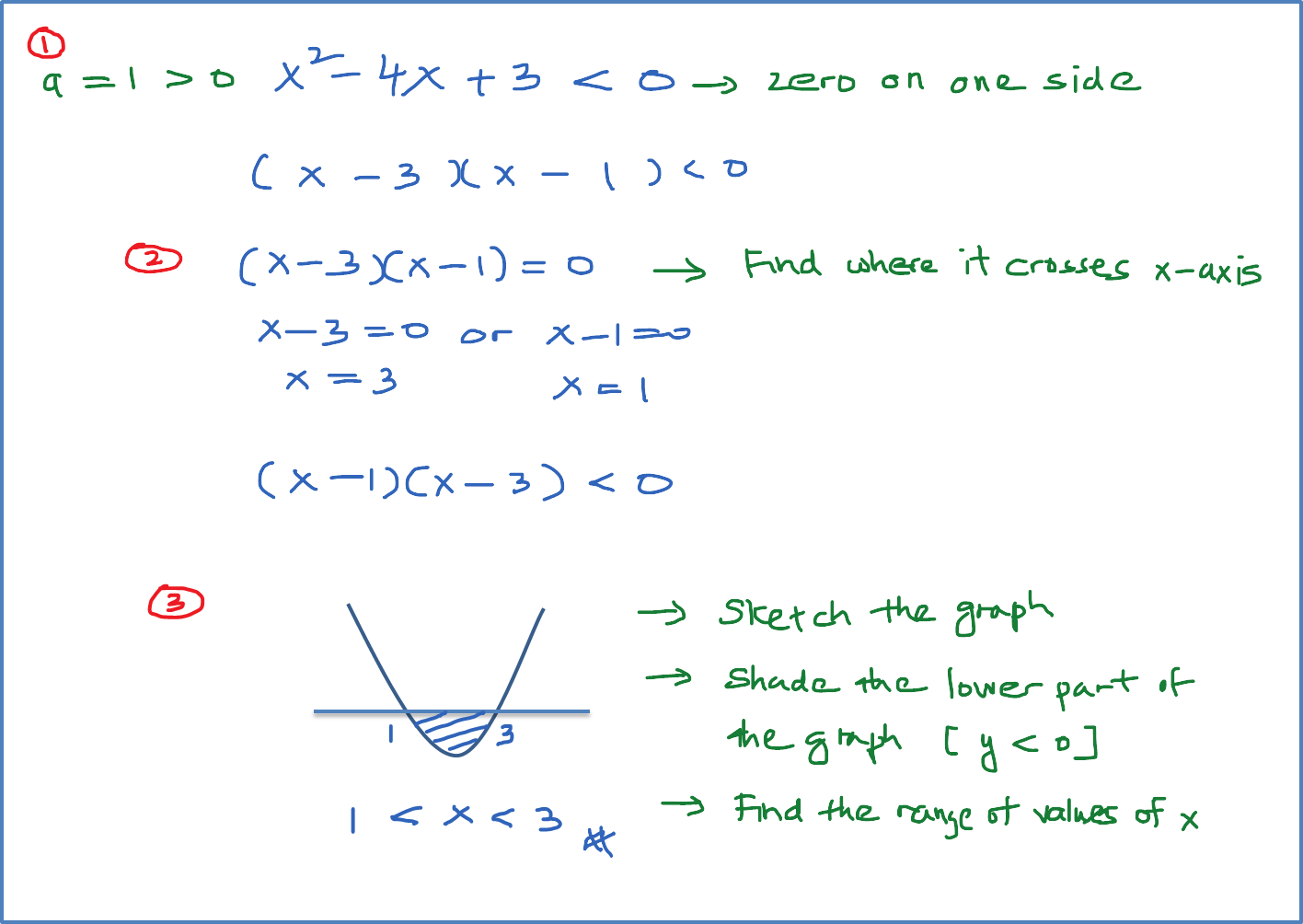
Similarly, we can translate word sentences into equations.Ĭommon Errors: When translating a phrase such as "a subtracted from b," the order is important. We can translate these word phrases into algebraic expressions as shown in the following examples. "Divided by" and "quotient of" can be associated with division.


Symbolic versions of word sentences are called equations.When solving word problems involving inequalities, we follow the six steps outlined on page 115 except the word equation will be replaced by the word inequality. In this case we have to reverse the order of the inequality. Now we apply Property 3 and divide each member by -3. SolutionĚdding - 1 to each member, we get The three properties above also apply to inequalities of the form a > b, as well as a 7, where x is an integer. If the same expression is added to or subtracted from each member of an inequality, the result is an equivalent inequality in the same order. But using the following properties, we can form equivalent inequalities (inequalities with the same solutions) in which the solution is evident by inspection.ġ. Sometimes it is not possible to determine the solutions of a given inequality simply by inspection. For example, the graphs of the infinite number of integer solutions of the inequality x > 3 are shown in Figure 3.1. But a first-degree inequality has an infinite number of solutions. In Section 3.1, we saw that a first-degree equation in one variable has only one solution. Inequalities such asĪre said to be of opposite order or opposite sense because in one case the left-hand member is less than the right-hand member and in the other case the left-hand member is greater than the right-hand member. Statements that involve any of the above symbols are called inequalities. "4 is greater than or equal to y" can be written asĔ ≥ y.

"2 is less than or equal to x" can be written asĒ ≤ x. "1 is less thanē" can be written as 1 -5. These order relationships can be expressed by using the following symbols: In Sections 1.1 and 2.1, we saw that of two different numbers, the graph of the lesser number lies to the left of the graph of the greater number on a number line.


 0 kommentar(er)
0 kommentar(er)
